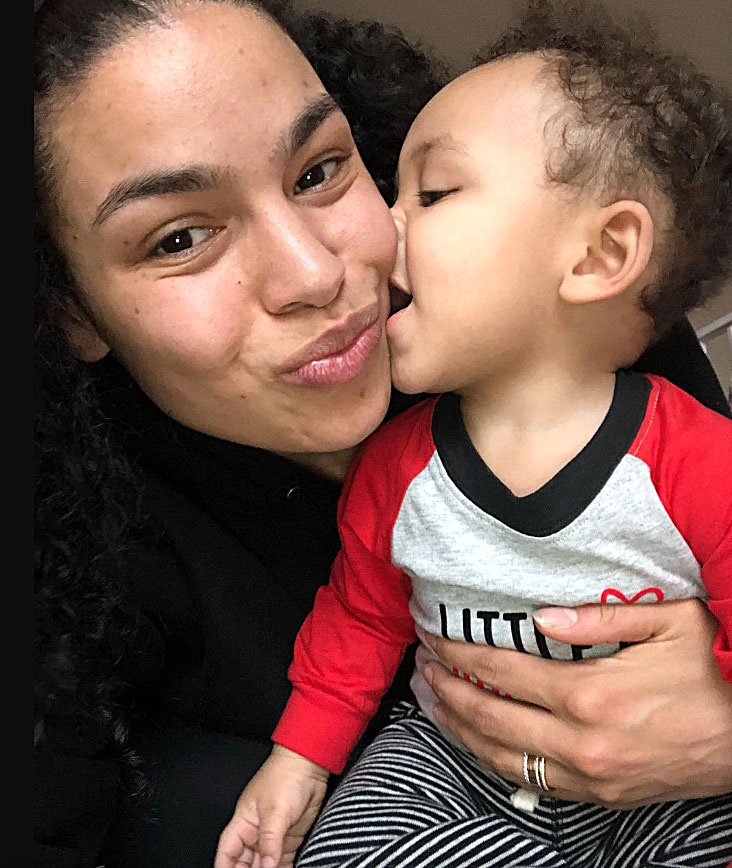Jordin Sparks Shares 'Lonely' Experience With Postpartum Depression

Sharing her story. Jordin Sparks experienced postpartum depression when she welcomed her 12-month-old son, Dana Isaiah Jr., with her husband, Dana Isaiah, in May 2018.
“Everybody knows about what postpartum depression is — maybe not exactly what it all entails because it’s different for each woman — but there’s this thing called the fourth trimester, which happens after you have your baby,” the singer, 29, told Us Weekly exclusively on Wednesday, May 22, while promoting sickle cell disease awareness. “It’s dealing with everything that happens with your body. Your body goes and changes, your hormones are absolutely insane.”

The American Idol winner added: “Then you’re dealing with this baby and then something doesn’t go right. … We’ve got tons of people to hold the baby, but who hold us? Who hold us together? Who helps us get through all that stuff? Obviously, people in your family who knows what you’ve been through and had kids before, but sometimes it feels hard to reach out because you’re like, ‘How do I feel so lonely when this amazing thing just happened?’”

The musician pulled through the transition with the help of fellow moms, specifically her friend Morgan who got pregnant a month after Sparks did.
“I would talk to her and be like, ‘I feel like this today. Sorry, I just needed to let you know,’” the new mom explained. “And she’d be like, ‘No, I understand. That was me yesterday.’ I’d be like, ‘Oh, God. Thanks. OK. Good. I know I’m not the only one.’”
While Sparks believes these “heavy” moments should be talked about, she is also passionate about spreading sickle cell disease awareness through her Gen S partnership.
“It’s called Generation S and S stands for sickle,” the Arizona native told Us. “So what we’re doing is we’re encouraging people who have been affected by it in some way – whether a family member or a caretaker, or they’ve been dealing with it themselves – to go online, to joingens.com, and to share their story because we want to rewrite the face of what sickle cell looks like because you can’t tell that somebody has it by looking at them.”
With reporting by Jackie Miranne
Source: Read Full Article